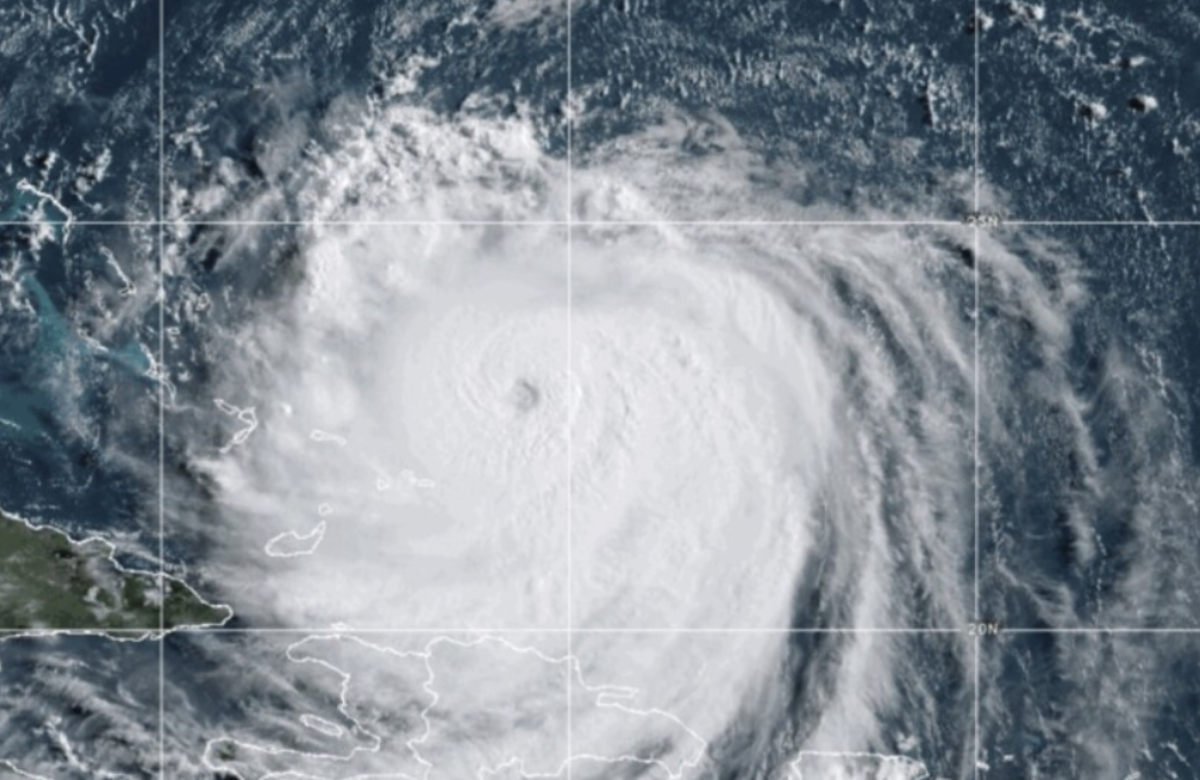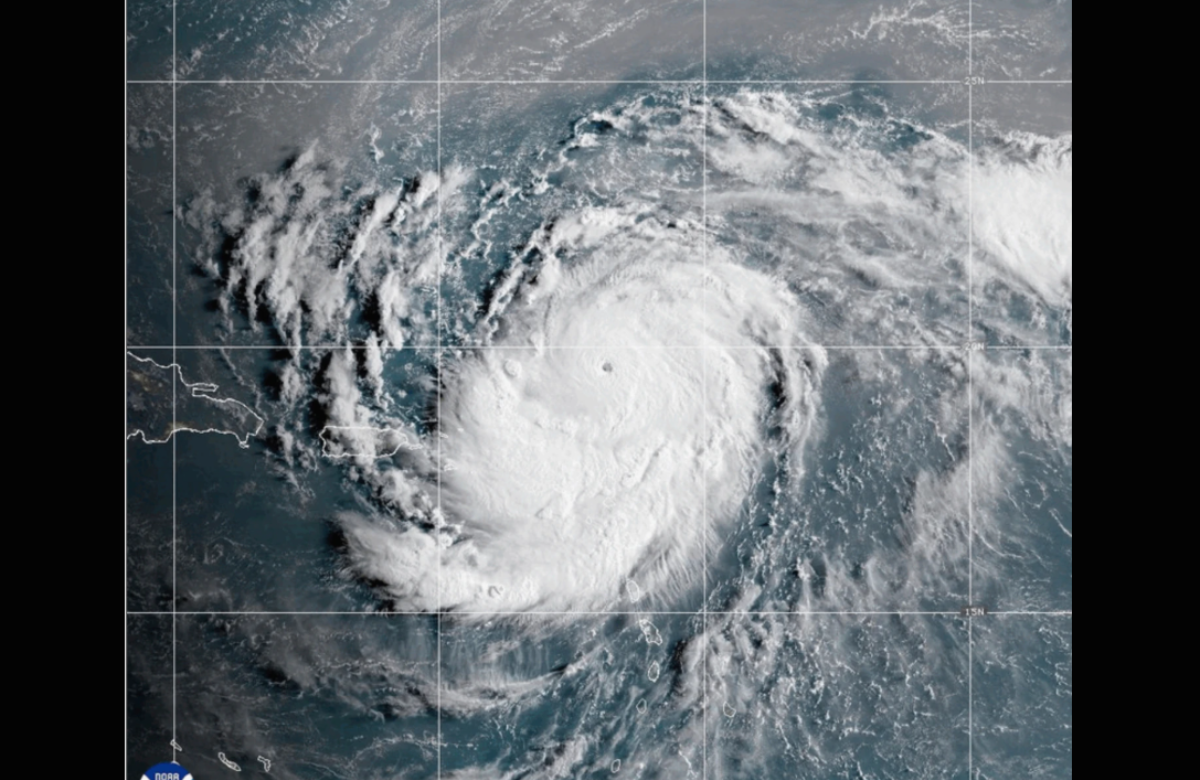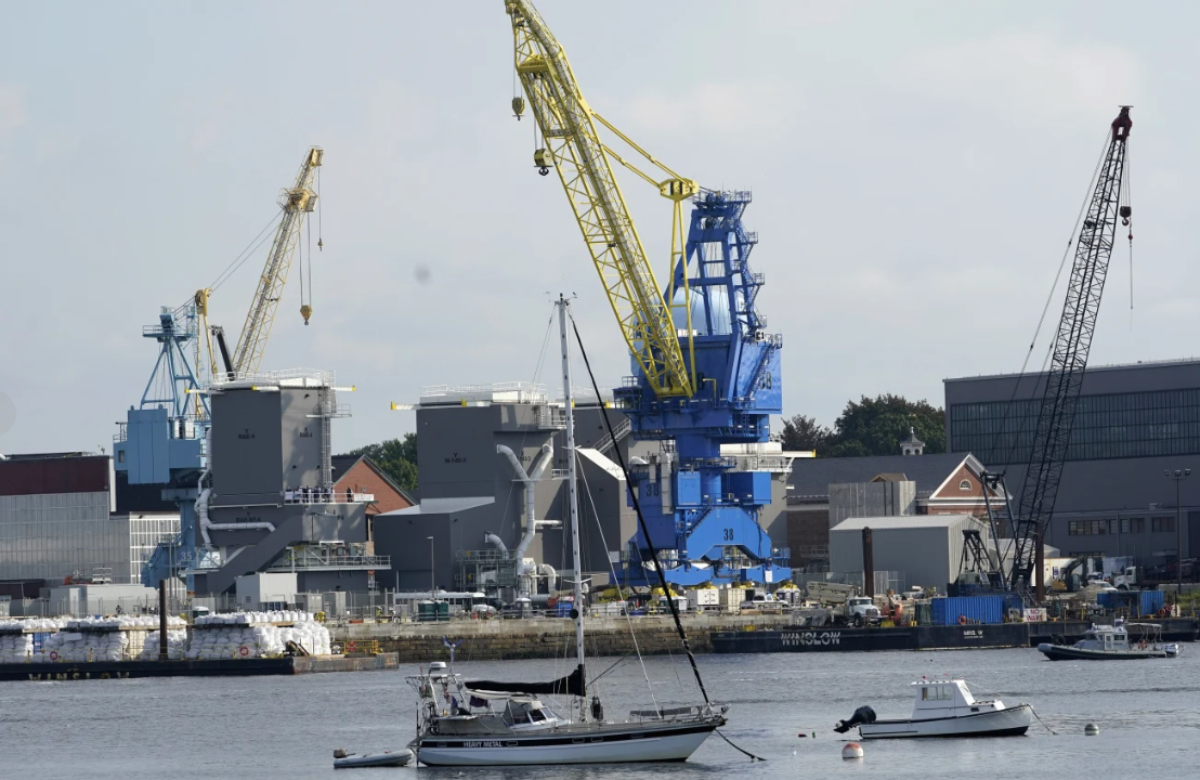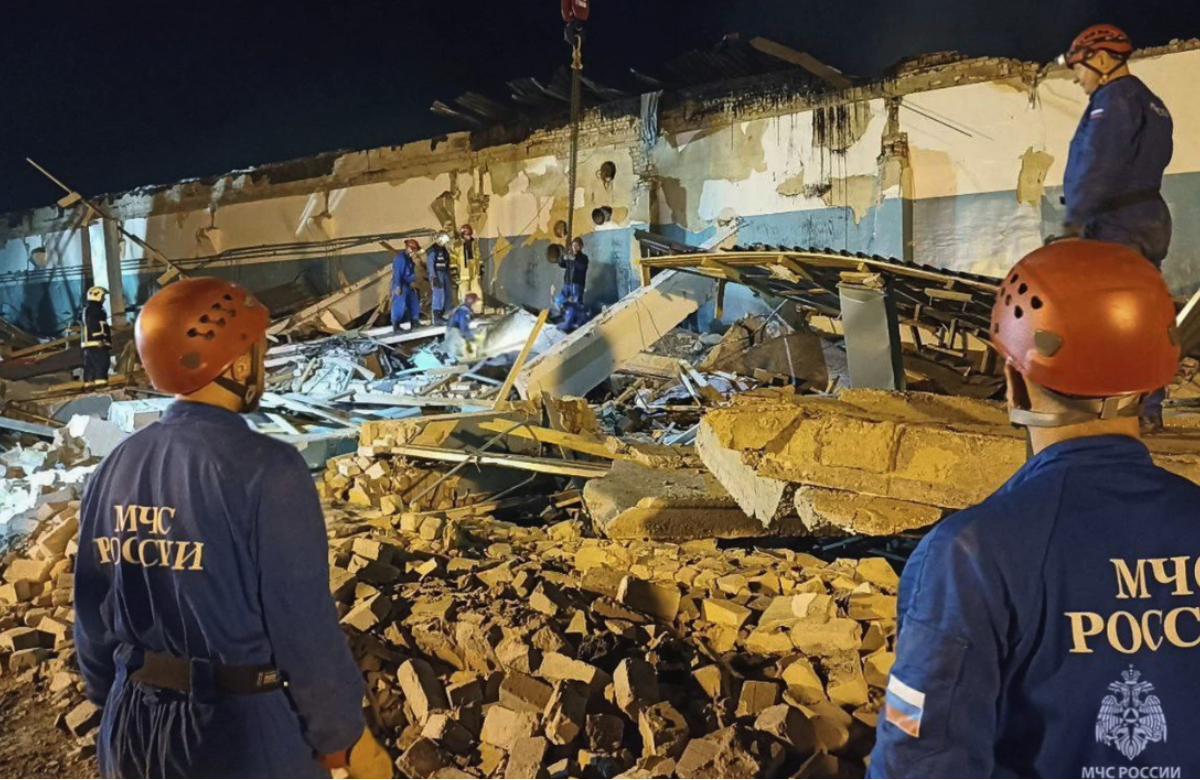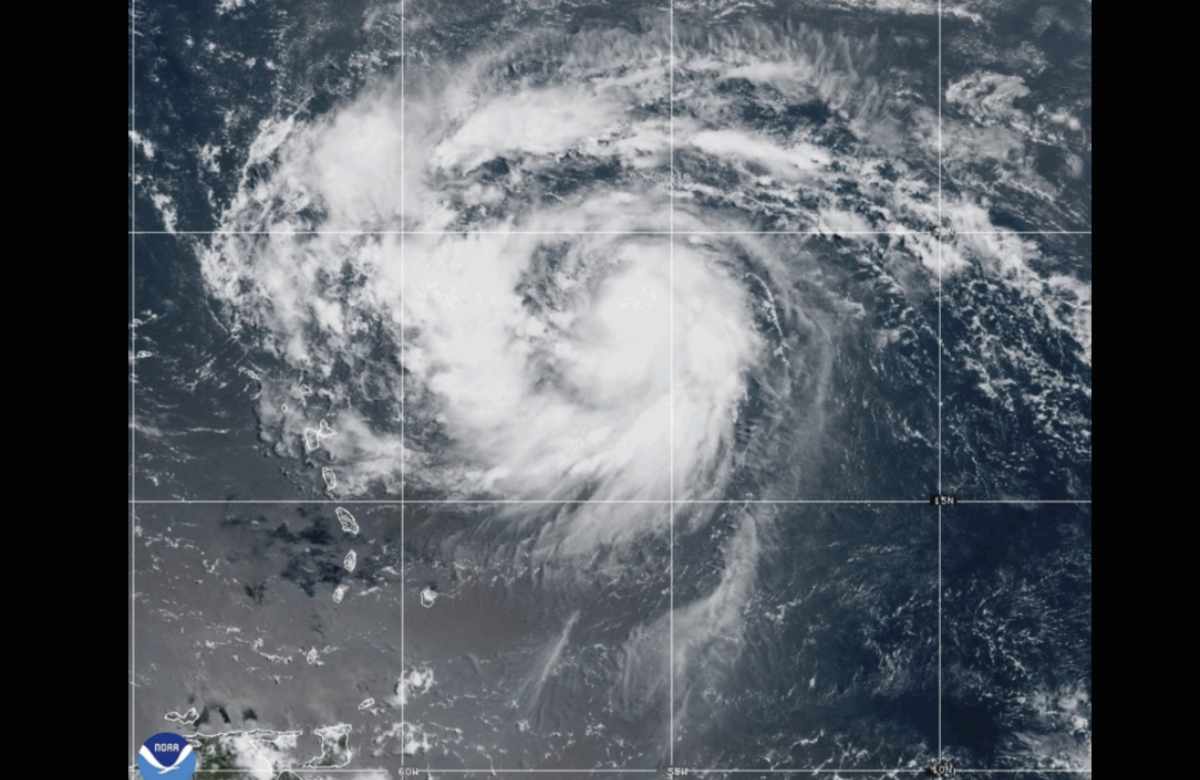South Korean authorities are continuing their investigation into last month’s deadly Jeju Air plane crash and have submitted a preliminary report to the UN aviation agency, as well as to the authorities in the United States, France, and Thailand, an official confirmed on Monday.
The report, which remains part of the ongoing investigation into the country’s deadliest air disaster, focuses on several key factors, including a potential “bird strike.” It also examines the aircraft’s engines and the localizer system used for landing guidance.
The investigation is aimed at accurately determining the cause of the tragic incident, the report explained.
The International Civil Aviation Organization (ICAO), the UN body overseeing aviation, mandates that investigators release a preliminary report within 30 days of an accident and recommends that a final report be made public within a year.
The Boeing 737-800 jet, which was traveling from Bangkok and heading to Muan International Airport, crashed after overshooting the runway during an emergency belly landing. The plane struck the localizer structure, which assists aircraft in navigating their approach to the runway, resulting in the deaths of 179 of the 181 people on board on December 29.
The localizer system, which is supported by a reinforced concrete and earth structure at Muan Airport, is believed to have contributed to the disaster, according to experts.
The report, which was shared with the victims’ families on Saturday, highlights the initial findings from South Korean investigators, including a conversation between the pilots about spotting a flock of birds during their final approach.
The exact timing of the bird strike reported by the pilots is still unclear, according to the accident report, but it mentions that the aircraft issued an emergency declaration during a go-around due to a bird strike.
Both engines were inspected, and feathers and bird blood stains were found on them.
Following the crash into the embankment, a fire and partial explosion occurred. The engines were buried in the soil of the embankment, and parts of the front fuselage were scattered as far as 30 to 200 meters away.
The report does not explain why both data recorders stopped recording at the same time, just before the pilots declared a mayday. At the time the black boxes stopped recording, the aircraft was flying at an altitude of 498 feet (152 meters) and at a speed of 161 knots (298 km/h or 185 mph).



